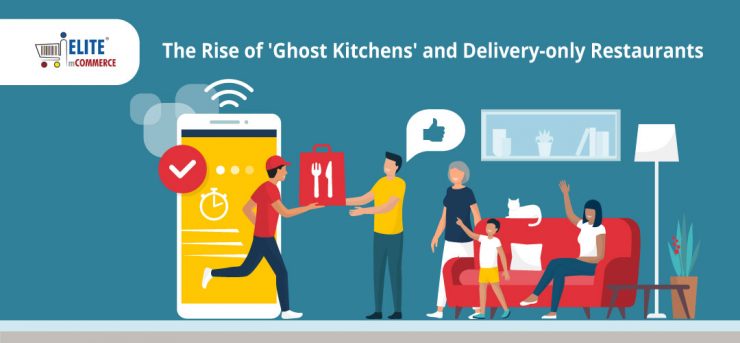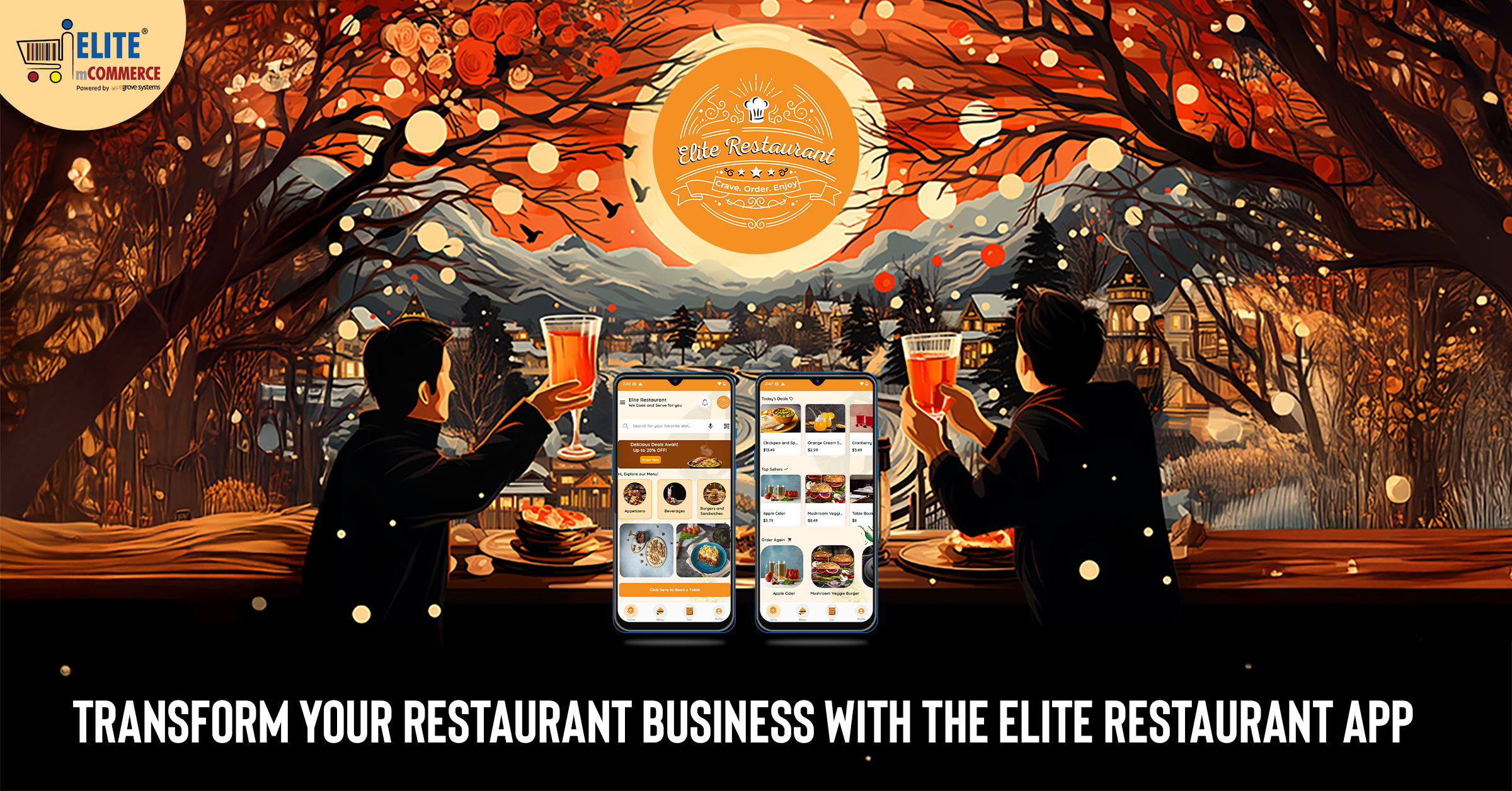Even before the coronavirus pandemic, food delivery services were beginning to have a massive impact on restaurant business models. One of the rising trends in the restaurant industry is one that has only become possible due to online ordering–’restaurants’ that have no physical storefront at all and sell exclusively through delivery. Popularly called ‘ghost kitchens’, these establishments are becoming increasingly common on food delivery platforms.
What Led to the Rise of Ghost Kitchens?
Off-premises food production has always played a role in the industry, but the nature of third-party platforms such as DoorDash, Grubhub, and Uber Eats has created an opening for these businesses to grow. Customers who use these apps browse through a list of restaurants who can deliver to their location, and choosing a place to order from depends entirely on customer preference. Other than familiar brands the customers already recognize, all restaurants have the same opportunity to become a top seller, regardless of their physical location.
Ghost kitchens have significant competitive advantages versus traditional restaurants. They need less investment to start and operate, since they don’t require dining furniture or dishes, have lower labour costs, and can work out of rental properties that are less desirable to normal restaurants. They can also choose centralized locations that are ideal for delivery in major cities. Another advantage is the ability to stay organized around fulfilling online orders as efficiently as possible without serving multiple sales channels at once.
Unexpected Outcomes of the Trend
Consumers are likely to not even realize the restaurants they are buying from don’t exist. As long as they enjoy their meals, customers continue to order from ghost kitchens without complaint. Some of the sources of these meals are unexpected, however. U.S. restaurant chain Famous Dave’s announced in 2019 that it is opening ghost kitchens under a different name using their franchisees or company-owned kitchens, selling through Grubhub.
Another element of the trend is that single locations for food production might be serving several ‘restaurants’ at once. Some ghost kitchens fulfil orders for various brands at once, without customers being aware that the food comes from the same place. The kitchens may launch their own new brands for delivery or host existing brands and their employees. The food aggregation app platforms are aware of the opportunities as well. DoorDash opened DoorDash Kitchens with a location in the Bay Area where four restaurant brands who lack a presence in the area can host production for delivery orders through the app.
Interestingly, some companies that have invested heavily already have found their plans for delivery-only locations changing. Jim Collins, CEO of Kitchens United, reported that some of their business has “evolved into a takeout-and-delivery concept because customers wanted to order their food at the ghost kitchen.” Customers are willing to travel to ghost kitchen locations and order in-person, showing that there is room for flexibility in the concept.
Read also:- The Business Plan & Designs for Third-Party Food Delivery Apps
How Restaurants are Reacting
Traditional restaurants have good reasons to feel threatened by ghost kitchens. With lower costs, they can undercut other eateries and cost them delivery business. Since many ghost kitchens are entirely focused on delivery through major third-party apps, it can be expected that they will make efforts to raise their visibility to the top of such apps, making it more difficult for other restaurants to stand out. As many restaurants come to depend on mobile apps for sales, this could be a threat to their business.
However, since restaurants make less profit on delivery orders through third-party apps due to fees and commissions, restaurants are already reluctant to rely on these apps. As the food delivery industry develops, ghost kitchens are being incorporated into the strategies of food delivery app companies and major restaurant chains. Independent restaurants may find it difficult to compete in this area, but focusing on their brand and using a custom app strategy can enable them to offer high-quality online ordering and delivery to satisfy their customers while growing the brand of their dine-in service.









Add comment